Lecture series 'Women and war’
funded by the Excellence Initiative Research University of Adam Mickiewicz in Poznań
Within the framework of supporting the performance of part of the tasks of the grant implemented in the NCN Opus programme entitled „Polish Queens of the 15th and 16th Centuries as Wives and Mothers. „Polish queens of the 15th and 16th centuries as wives and mothers” (project contract no.: UMO-2021/43/B/HS3/01490), the possibility of realising a series of 8 foreign lectures was requested. Entitled 'Women and war’, the series focused on women from ruling families in Europe in the late 15th and early 16th centuries. The lectures were intended to provide source comparisons and to build the background in which Polish female rulers operated. At the same time, Prof Susan Broomhill and Prof Darius von Güttner-Sporzyński, contractors in the above-mentioned grant, were also among the foreign lecturers. The online meetings were of great interest to scholars from Poland and abroad, becoming an excellent venue for discussing the role and significance of female rulers in Europe, as well as for informing scholars about the NCN programme’s grant on Polish queens.
Co-ordination and organisation of the lecture series: Darius von Guttner-Sporzyński; Magdalena Biniaś-Szkopek; Robert Tomczak
The entire lecture series was financed through a call for proposals: 050 „IAS Invited Lecture Series in Poznań” with funds from the Research University Excellence Initiative for Adam Mickiewicz University in Poznań.
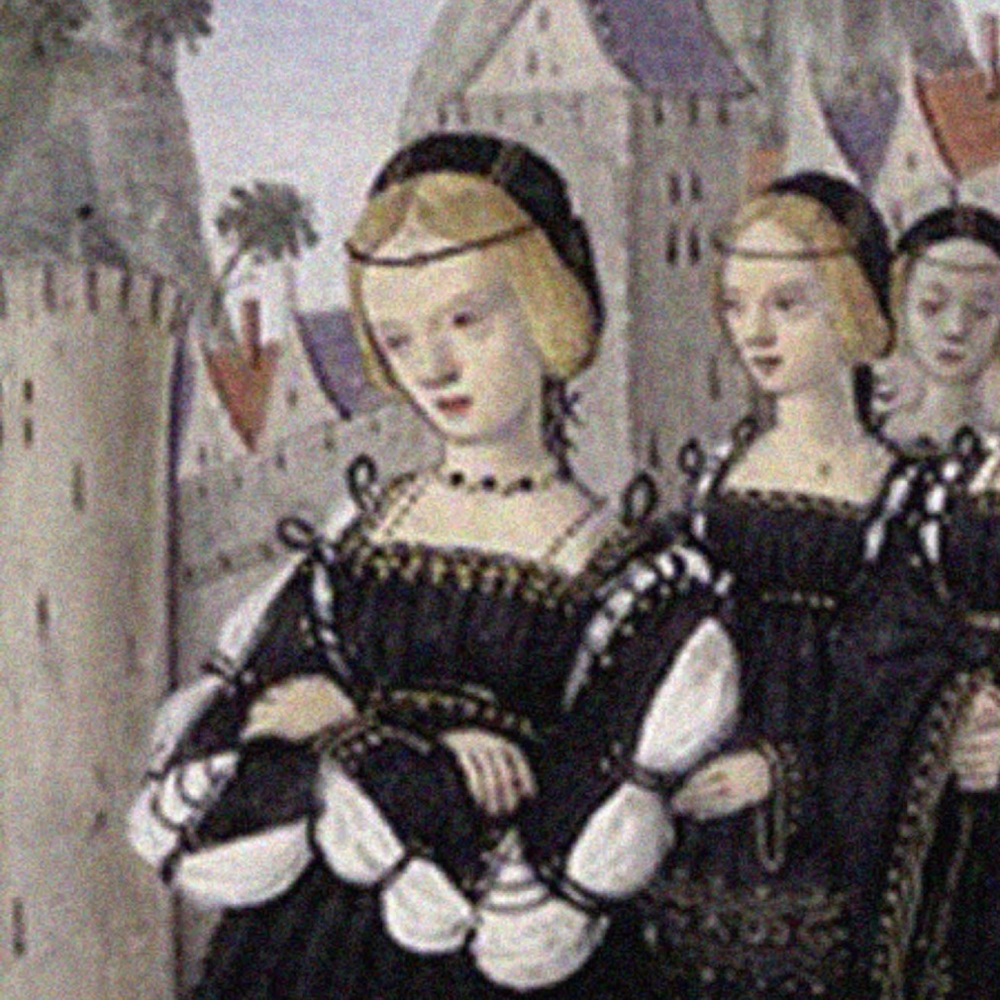
Gender and the Italian Wars
Susan Broomhall
The lecture presented the context of gender and women’s history research on early modern practices of power, authority and violence, as well as the Italian wars. This was followed by an analysis of case studies of women’s work in states involved in military action during wars. This included the role of elite women in defence procurement, in the management of war finances and military engagements, and other women in the provision of a range of resources and services to military forces moving across Europe and the Mediterranean.
2022.10.21
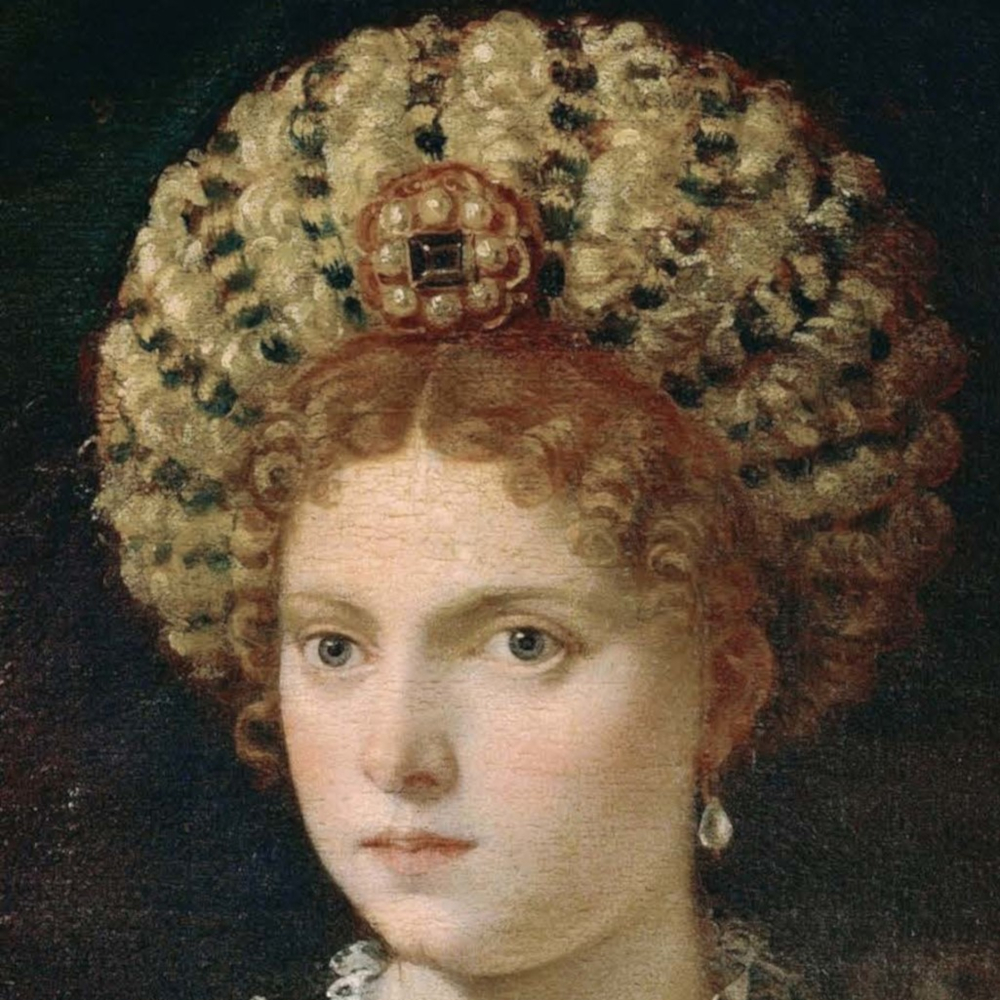
A Machiavelli in Skirts? Isabella d’Este and the Italian Wars
Carolyn James
When the Italian Wars began in 1494 with the French military campaign to conquer the kingdom of Naples, the Marshal of Mantua, Isabella d’Este, was in her twenties. When she died in 1539, conflicts still dominated the Italian and wider European political scene. This lecture analysed how these decades of war, fought largely on Italian soil, shaped Isabella’s political and cultural roles and defined her posthumous legacy. It also analysed the extent to which her experiences of war were shared by other Italian princesses, who also took on significant political responsibility when their husbands went off to fight. The lecture sought to answer the question of whether the Italian wars opened up new opportunities for elite women to circumvent the patriarchal control to which their gender had traditionally been subjected.
2022.12.02
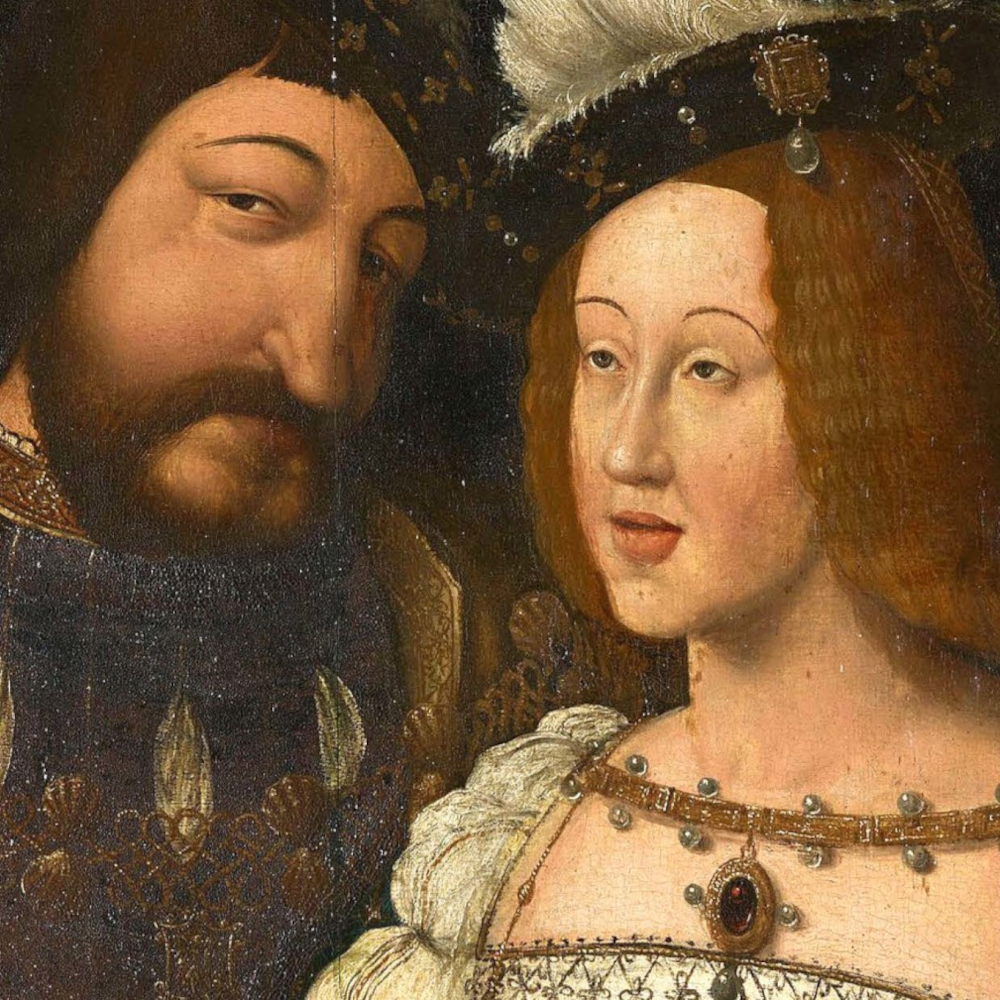
The Art of Coupling: Conjugal Companionship and Carnal Intimacy in the Italian Wars
Lisa Mansfield
The relentless pace and social disruption of the Italian wars (1494-1559) triggered new pressure points that challenged the ideal conception of Renaissance marriage as a social and ordered relationship between husbands and wives, with equally significant reverberations for the under-researched topic of the space of love and intimacy in extramarital relationships. This lecture explored the impact of warfare on gender relations during this complex series of conflicts north and south of the Alps. It presented not only the subtle transformations of traditional attributes of male masculinity and female chastity in representations of Renaissance power couples, including royal spouses, in hanging and double portraits, but also a comparative analysis of representations of anonymous lovers and unequal lovers in a military context.
2022.12.09
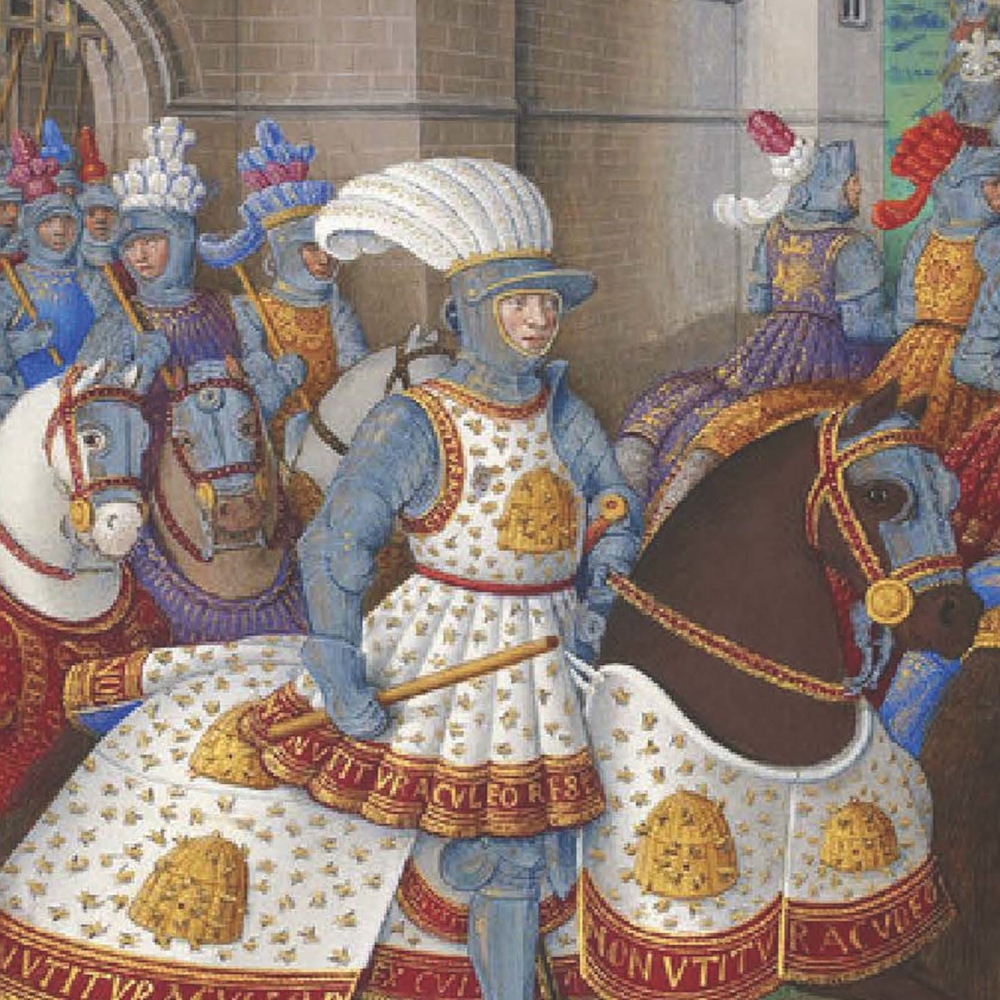
Gendering Political Re,ationships in Genoese Ceremoniał Entries
Elizabeth Reid
Dr Elizabeth Reid is working in the ARC Discovery Project, „A Histon/ of Early Modern Nat1,.1ral Resource Management.” She is an early modern historian, interested in powerful men’s use of gendered allegory to legitimise or perpetuate cultural, hierarchical and oppressive practices. She recently conducted research into the role of gender during the Ceremoniał Entries of the ltalian Wars (1494-1559), researching how the behaviour and materials produced by local and foreign participants utilised gehder dynamics to negotiate political relationships and to reflect on the physical datrger entries posed.
2023.02.03
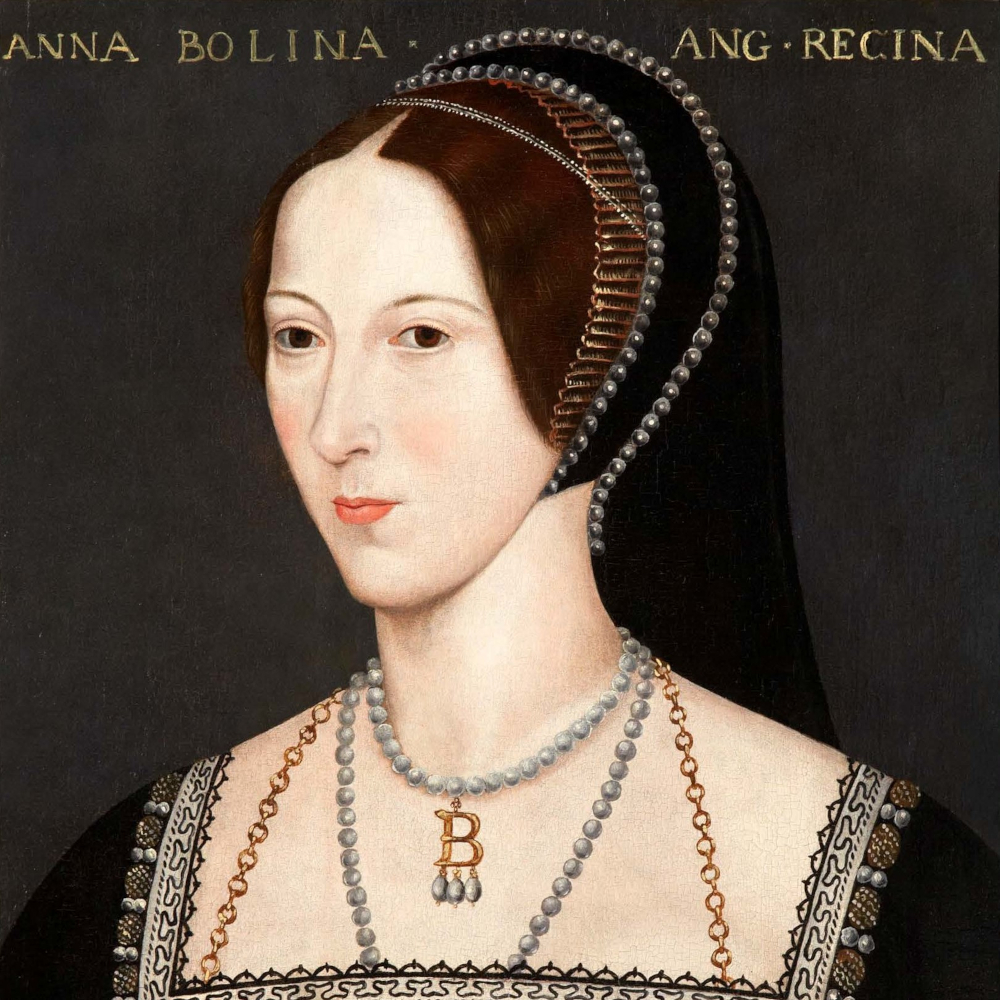
Anne Boleyn and the Italian Wars: Embodying English, Habsburg, and Valois Connections
Sally Fisher
In 1528, Anne Boleyn (c.1501-36) wrote to Cardinal Thomas Wolsey about her 'poor heart’ and thanked him for his 'kind letter and rich gift’ after her recovery from sweating sickness. Anna referred to Wolsey’s similar experience, recalling her prayers for his and the King’s health. Anna was staying at Hever Castle, absent from Henry VIII’s court during a summer marked by epidemics. She had something to recover from. Although Catherine of Aragon was Henry’s queenly spouse, Henry proposed marriage to Anne. His actions led to a break with the Habsburgs that affected the course of the Italian wars. This lecture referred primarily to the exploration of the value of contextualising Anne’s lived experiences within these armed conflicts. In particular, it used gendered methodologies to analyse Anne’s body as a powerful site in which English, Habsburg and Walloon connections played out, used by Anne and others to chart England’s changing role in the wars.
2023.03.24
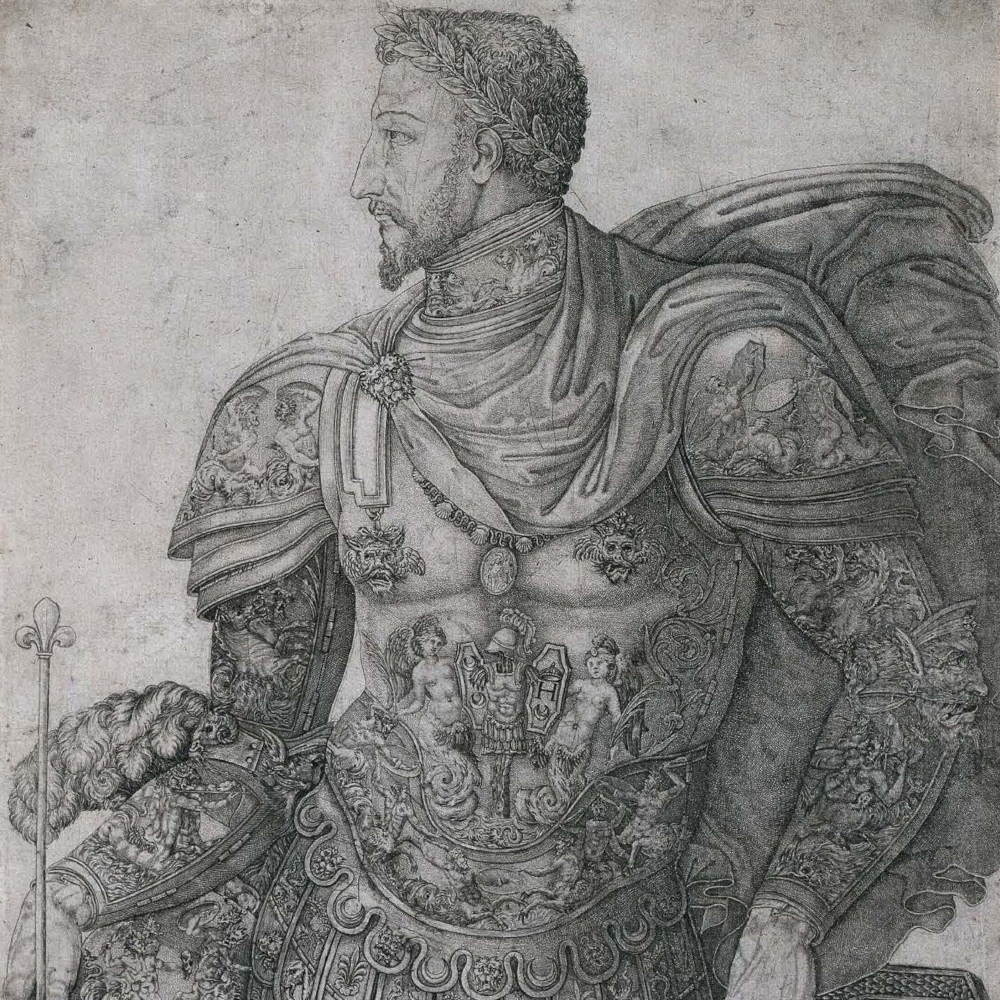
Signalling Power: Imagery on Men’s Dress during the Habsburg-Valois Wars
Sarah Bendall
The lecture focused on images of war, as well as humanist and classical motifs, present in men’s dress during the Habsburg-Valonian conflicts (1494-1559). Elements of men’s dress that served as case studies included hat badges, round gold or bronze accessories worn on men’s headgear, and elite ceremonial armour worn by men from different social backgrounds during these conflicts. It has been argued that the imagery on these items and the way they were worn worked to construct notions of hegemonic masculinity associated with princely power, dynastic lineages and military prowess. In particular, foreign invading forces and their allies used or inverted traditional gender binaries associated with the classical and humanist iconography of the Italian Renaissance, especially its female allegorical forms, to visually signify power relations between combatants during the Italian wars.
2023.04.21
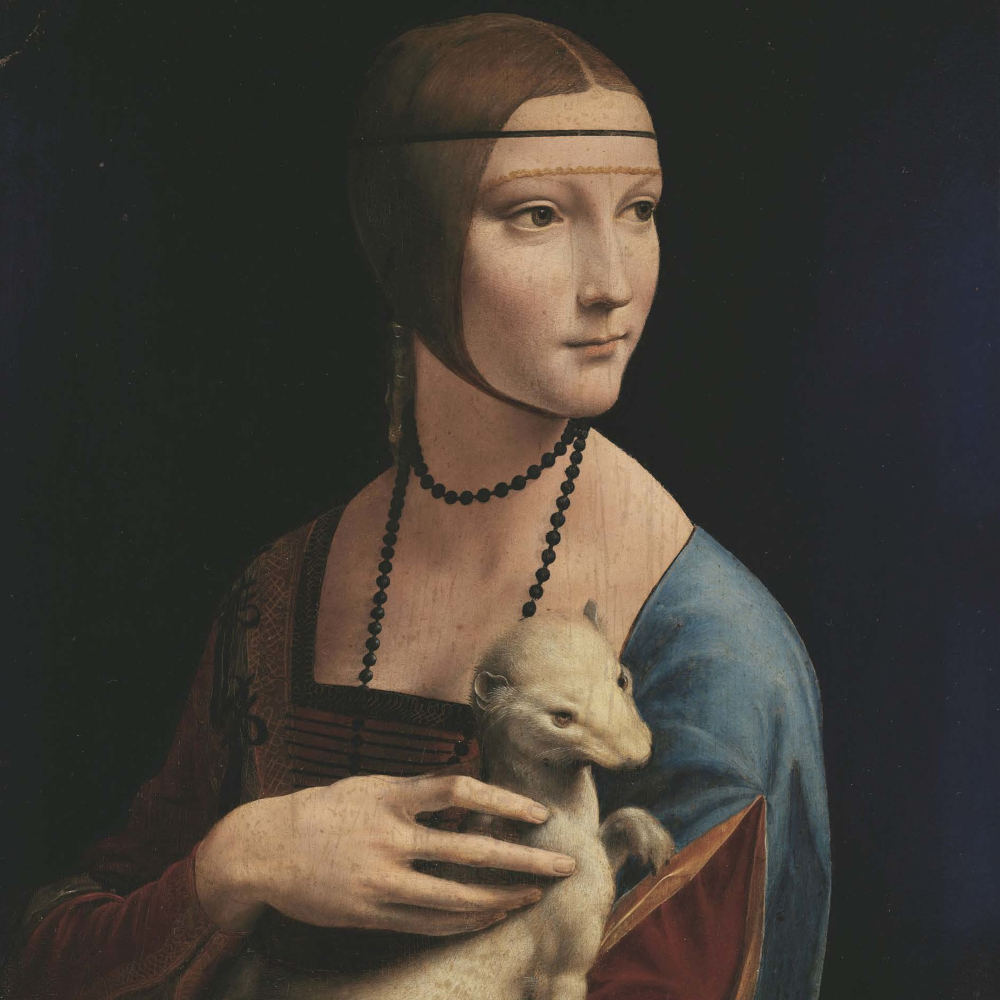
Queen Bona Sforza and her economic policies 1518-1548
Darius von Guttner-Sporzyński
Sigismund the Elder’s queenly spouse, Bona Sforza (1494-1557), combined her personal interests with the Jagiellonian dynasty into which she ascended. The lecture presented the economic aspects of the policy pursued by the queen, focusing on Bona’s partnership with her husband. It further analysed the establishment of the queen’s power network and the impact of her patronage on land management practices in Poland and Lithuania.
2023.05.19
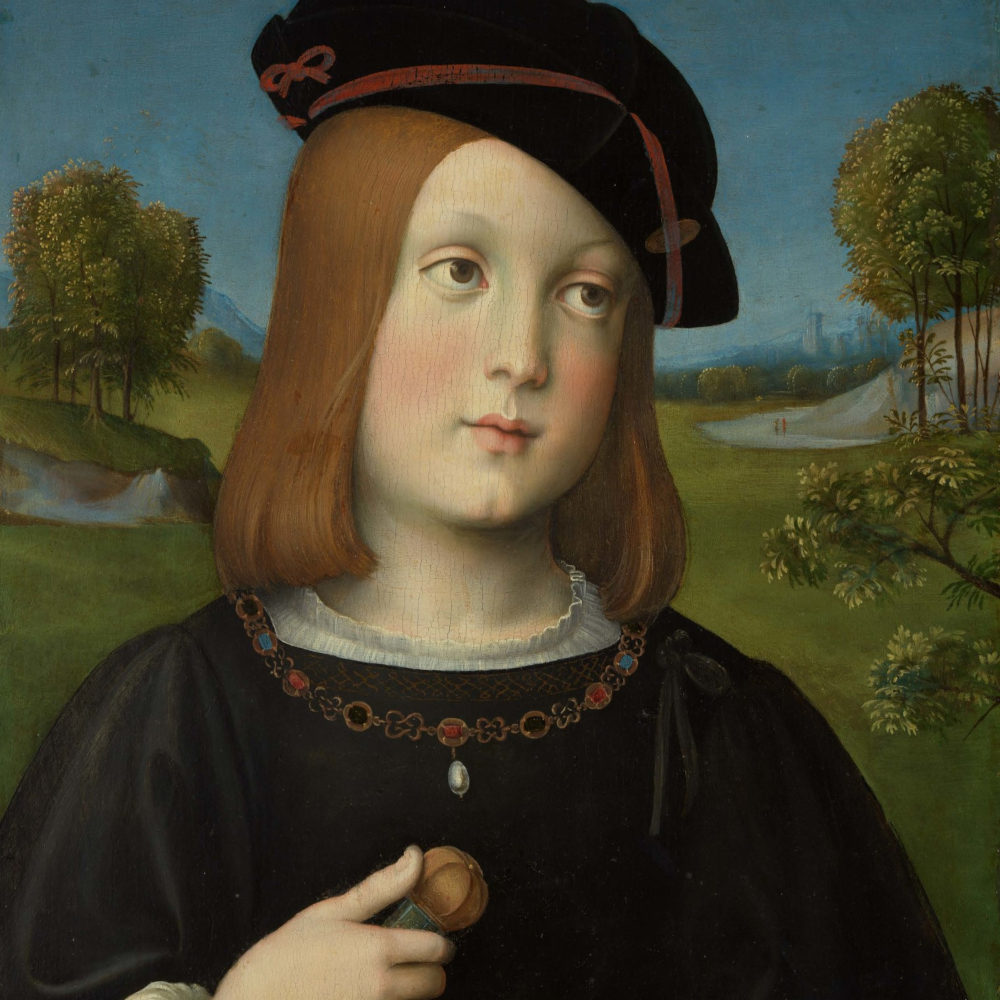
Mobility, Manhood, and Coming of Age During the Italian Wars
Jessica O’Leary
The Gonzaga family of Mantua in the north-eastern marshes of Italy occupied a precarious position in the political hierarchy of the peninsula. During the Italian wars, the weakness of the dynasty became evident with the arrival of the French Valois and Spanish Habsburg armies. To deal with the threat to the continued autonomy of the Mantuan state, the Gonzaga family engaged in a number of diplomatic practices, including sending young male members of the dynasty to the French and Spanish courts. The lecture provided an overview of the rationale and impact of mobility on the young men of the Gonzaga family as they navigated the complex world of princely masculinity, intercultural communication and diplomacy.
2023.06.09